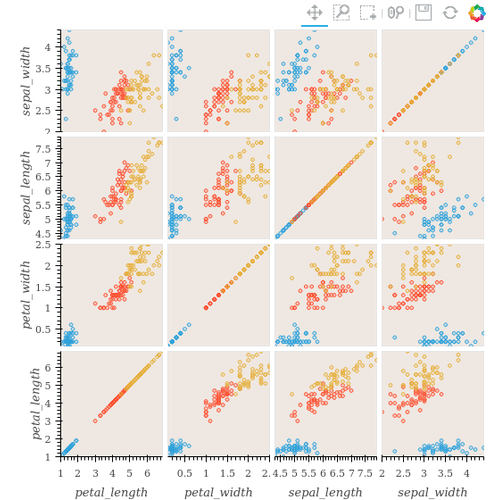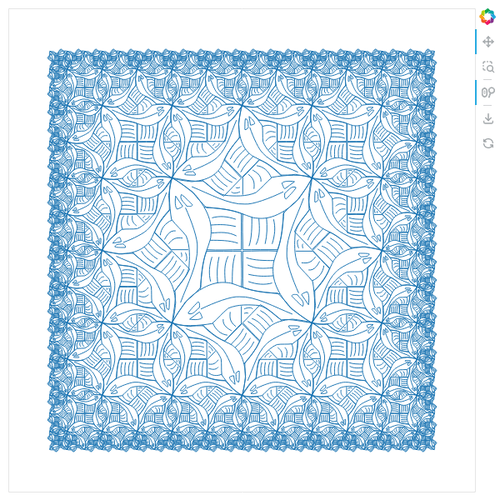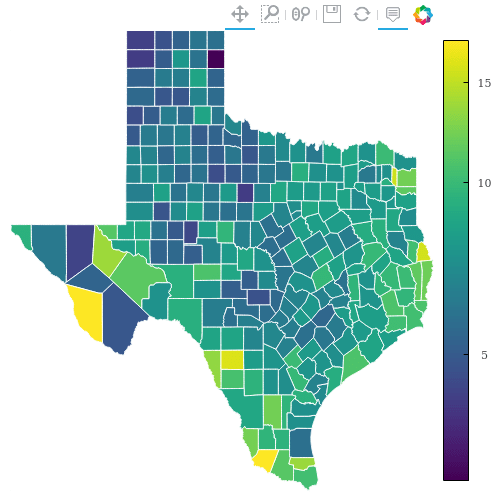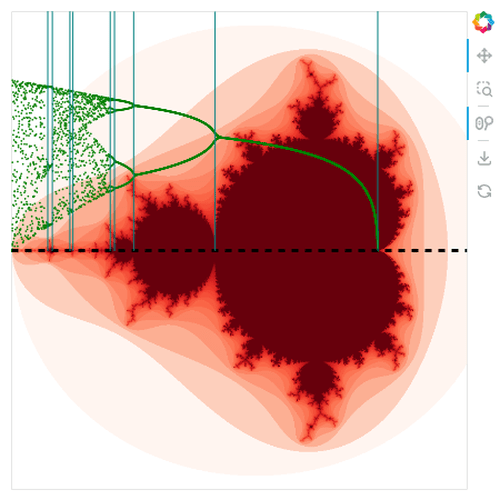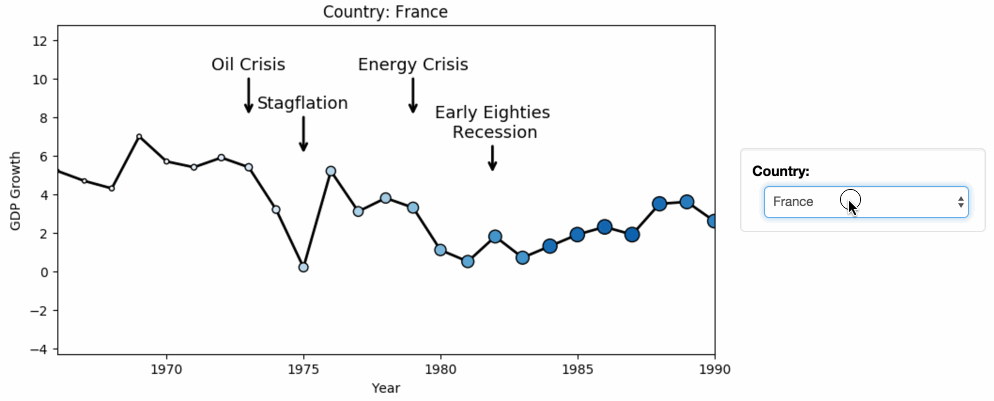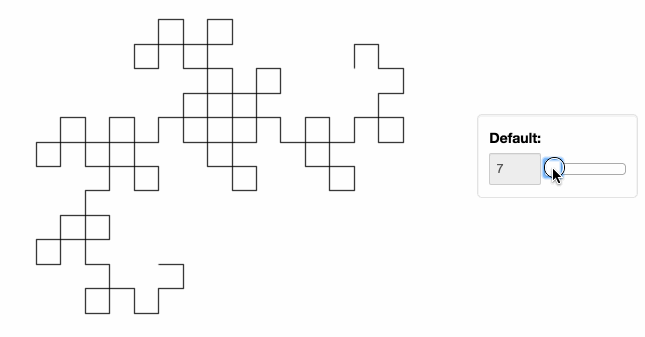Stop plotting your data - annotate your data and let it visualize itself.
HoloViews is an open-source Python library designed to make data analysis and visualization seamless and simple. With HoloViews, you can usually express what you want to do in very few lines of code, letting you focus on what you are trying to explore and convey, not on the process of plotting.
For examples, check out the thumbnails below and the other items in the Gallery of demos and apps and the Reference Gallery that shows every HoloViews component. Be sure to look at the code, not just the pictures, to appreciate how easy it is to create such plots yourself!
The Getting-Started guide explains the basic concepts and how to start using HoloViews, and is the recommended way to understand how everything works.
The User Guide goes more deeply into key concepts from HoloViews, when you are ready for further study.
The API is the definitive guide to each HoloViews object, but the same information is available more conveniently via the hv.help() command and tab completion in the Jupyter notebook.
If you have any issues or wish to contribute code, you can visit our GitHub site or file a topic on the HoloViz Discourse.
Installation¶
HoloViews works with Python 2.7 and Python 3 on Linux, Windows, or Mac, and provides optional extensions for working with the Jupyter/IPython Notebook.
The recommended way to install HoloViews is using the conda command provided by Anaconda or Miniconda:
conda install -c pyviz holoviews bokeh
This command will install the typical packages most useful with HoloViews, though HoloViews itself directly depends only on Numpy and Param. Additional installation and configuration options are described in the user guide.
Additional methods of installation, including different ways to use
pip can be found in the installation guide.
Usage¶
Once you’ve installed HoloViews, you can get a copy of all the examples shown on this website:
holoviews --install-examples
cd holoviews-examples
And then you can launch Jupyter Notebook to explore them:
jupyter notebook
To work with JupyterLab you will also need the PyViz JupyterLab extension:
conda install -c conda-forge jupyterlab
jupyter labextension install @pyviz/jupyterlab_pyviz
Once you have installed JupyterLab and the extension launch it with:
jupyter-lab
For more details on installing and configuring HoloViews see the installing and configuring guide.
After you have successfully installed and configured HoloViews, please see Getting Started.


